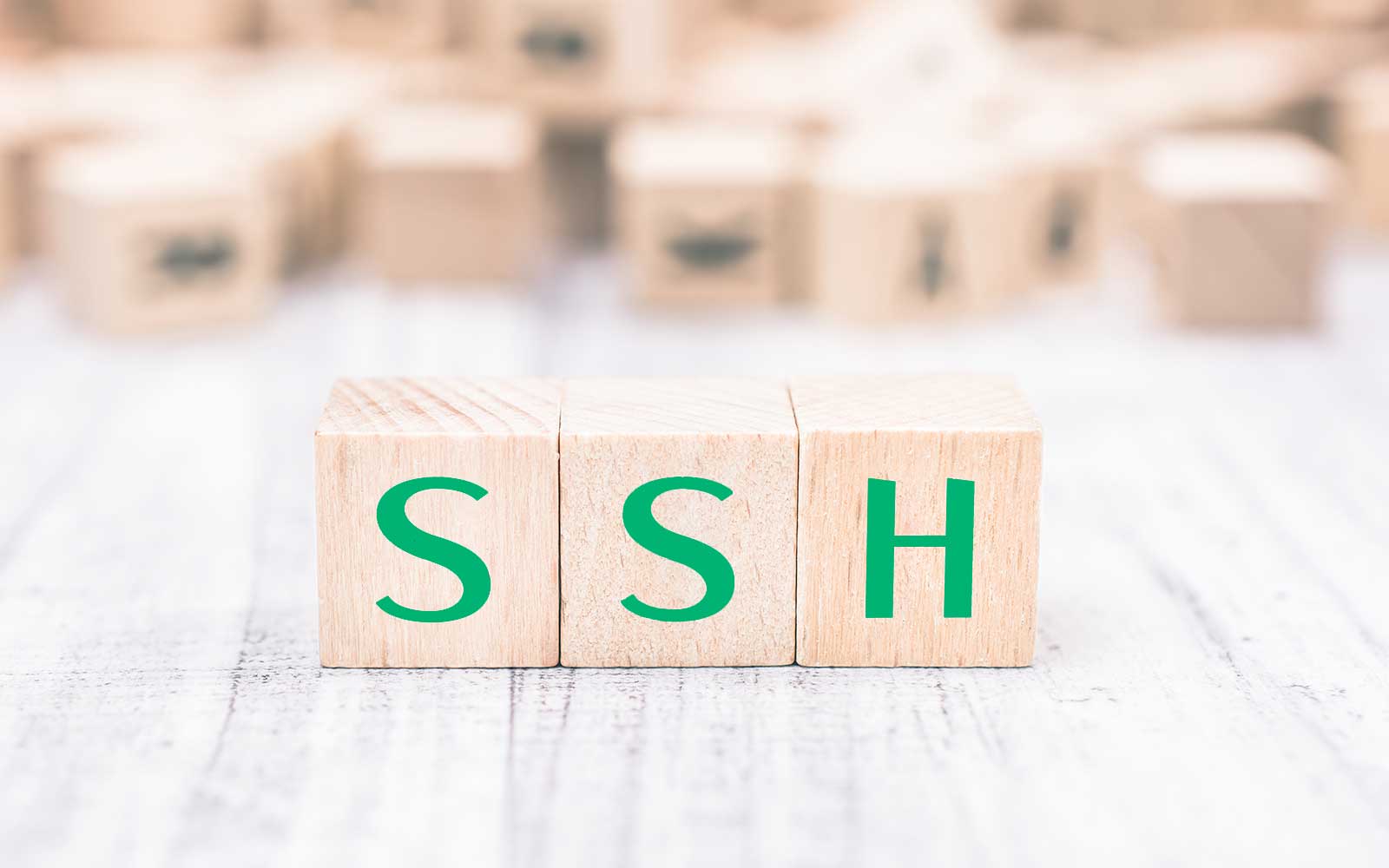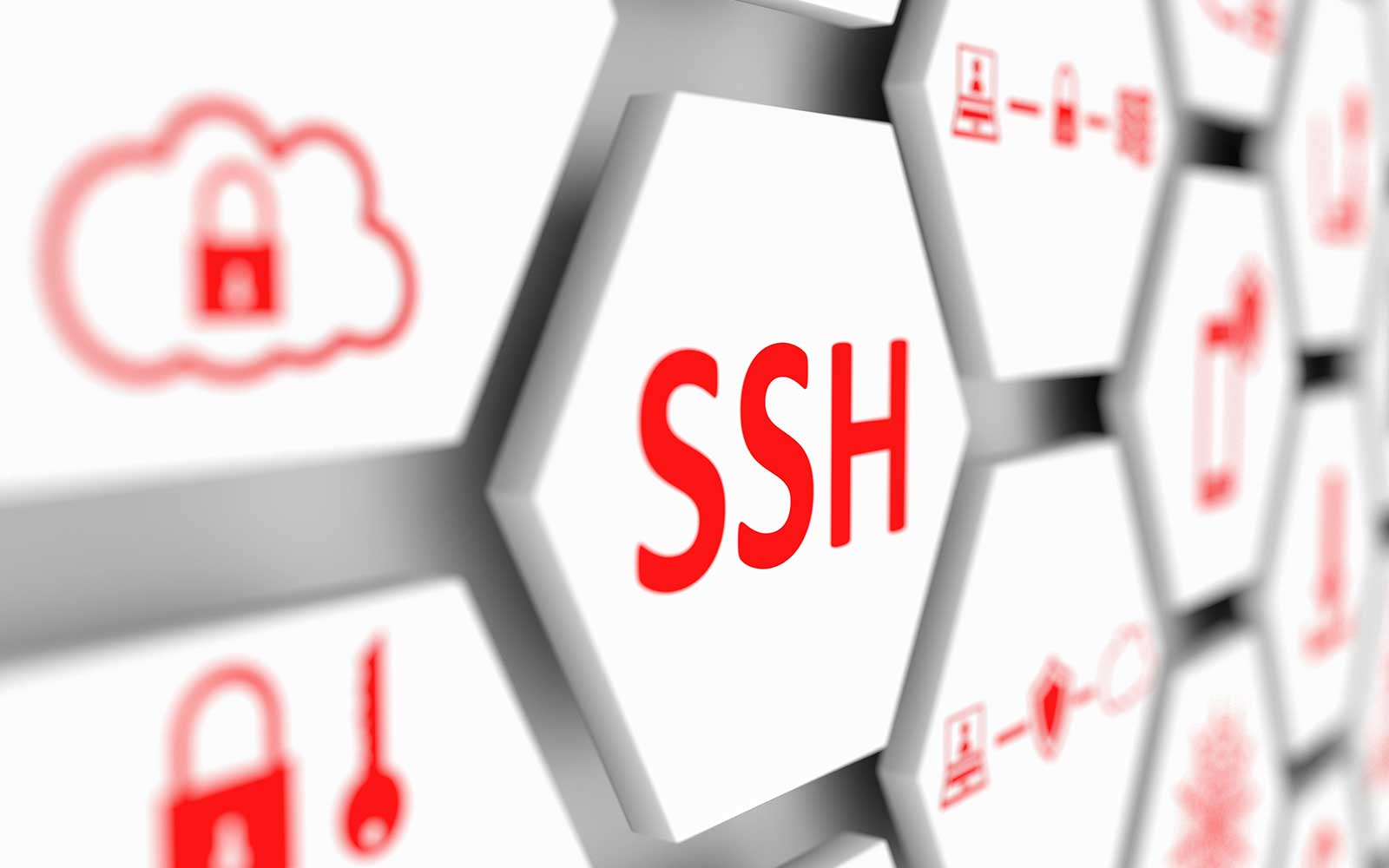With the proliferation of cloud services and emerging technology such as IoT, we need effective machine identity management (MIM) that goes beyond traditional username/password authentication. But what is machine identity management? It’s securing and managing all the digital certificates and keys machines generate. On the other hand, SSH certificates have begun to take center stage regarding secure remote access and machine-to-machine communication.
As organizations strive for improved security while operating efficiently and flexibly, this post will discuss the importance of detailed processes in managing SSH certificates properly, including push models versus pull models and why administrators should consider both approaches. We’ll also cover best practices related to implementation and ongoing maintenance. Read on to learn more about how having an automated approach at scale can help ensure your environment remains secure.
Understand The Basics Of Machine Identity Management And SSH Certificates
The security of machines and systems is paramount. It is where MIM and SSH certificates come into play. MIM involves managing and securing the identities of machines so that only authorized machines are allowed access to systems and data.
On the other hand, SSH certificates provide a secure way of establishing trust between machines, ensuring that communication between them is encrypted and protected from malicious attacks. Understanding the basics of MIM and SSH certificates is crucial for anyone who wants to ensure the security and integrity of their machines and systems. So, let’s dive in and learn more about this fascinating and important topic.
Learn How To Automate The Process Of Managing Your SSH Certificates

Are you tired of manually managing your SSH certificates? It’s time to automate the process and save yourself time and effort. With the right tools and techniques, you can streamline your certificate management and ensure your systems are secure and up-to-date. Learning to automate the process may seem daunting, but it’s easier than you think.
There are several ways to accomplish this task, from creating automation scripts to using third-party software. So why wait? Switch to automated certificate management today and put your mind at ease, knowing your systems are protected.
Explore Best Practices For Keeping Your Machine Identities Secure
Machine identities have become an increasingly crucial aspect of cybersecurity. With the rise of automation and artificial intelligence, ensuring the security of machine identities is a top priority for organizations. Best practices in this space include creating a comprehensive inventory of all machine identities, initiating strong authentication and encryption protocols, regularly updating and patching machine identities, and maintaining a robust configuration management system.
Organizations may also benefit from implementing machine learning and AI-based anomaly detection solutions to swiftly identify unauthorized usage or threats to machine identities. When it comes to machine identity security, these best practices can go a long way in safeguarding organizations from potential cyber threats and attacks.
Discover Solutions To Manage Your SSH Certificates Easily
Managing SSH certificates can be cumbersome, especially when dealing with many certificates and servers. But fret not. There are various solutions available that can help you manage your SSH certificates with ease. You have many options, from open-source tools like SSH Key Management by HashiCorp and AWS Certificate Manager to paid solutions like SSH.com’s Universal SSH Key Manager.
These tools can help you create, distribute, rotate, and revoke SSH certificates, ensuring you maintain a secure and compliant environment. With the right solution, you can easily manage your SSH certificates and save yourself from the hassle of manual certificate management.
Investigate Which Security Protocols Are Recommended While Managing SSH Certificate Access

It is crucial to ensure that security protocols are in place to protect sensitive information in businesses. When it comes to managing SSH certificate access, it is important to prioritize the implementation of recommended security protocols. Not only does this safeguard confidential data, but it also ensures that trusted users have the appropriate level of access.
Multi-factor authentication, monitoring and auditing, and regular certificate rotation are just a few measures that can be taken to strengthen SSH security. By taking these precautions, businesses can stay one step ahead of potential threats and preserve the integrity of their operations.
Evaluate Tools To Help You Monitor And Control Your SSH Certificate System
Protecting your SSH certificate system is essential to safeguarding your organization’s sensitive data. Monitoring and controlling your SSH certificate system can be challenging, but fortunately, many tools can help streamline this process. From proactive alerting to identification of potential vulnerabilities, these tools offer a comprehensive approach to SSH certificate management.
With the right tools, you can rest easy knowing your system is secure and under control. So whether you operate a small business or a large enterprise, it’s crucial to evaluate the available tools and choose the right one for your organization. Don’t wait until it’s too late – take action today to protect your SSH certificate system.

Conclusion
Ultimately, you can effortlessly manage your SSH certificates by learning the basics of machine identity management and SSH certificates and best practices for security protocols and tools to help you monitor and control certificate access. Investing the time necessary to explore IAM management solutions can pay off big dividends. Not only can it help protect corporate data, but also ensure that activities are monitored properly.
So take the first step today by investing in a secure solution, increasing visibility into access actions, and automatically revoking certificates as needed, drastically reducing risk compared to manual processes. You have all the resources at your fingertips – it’s up to you now.




